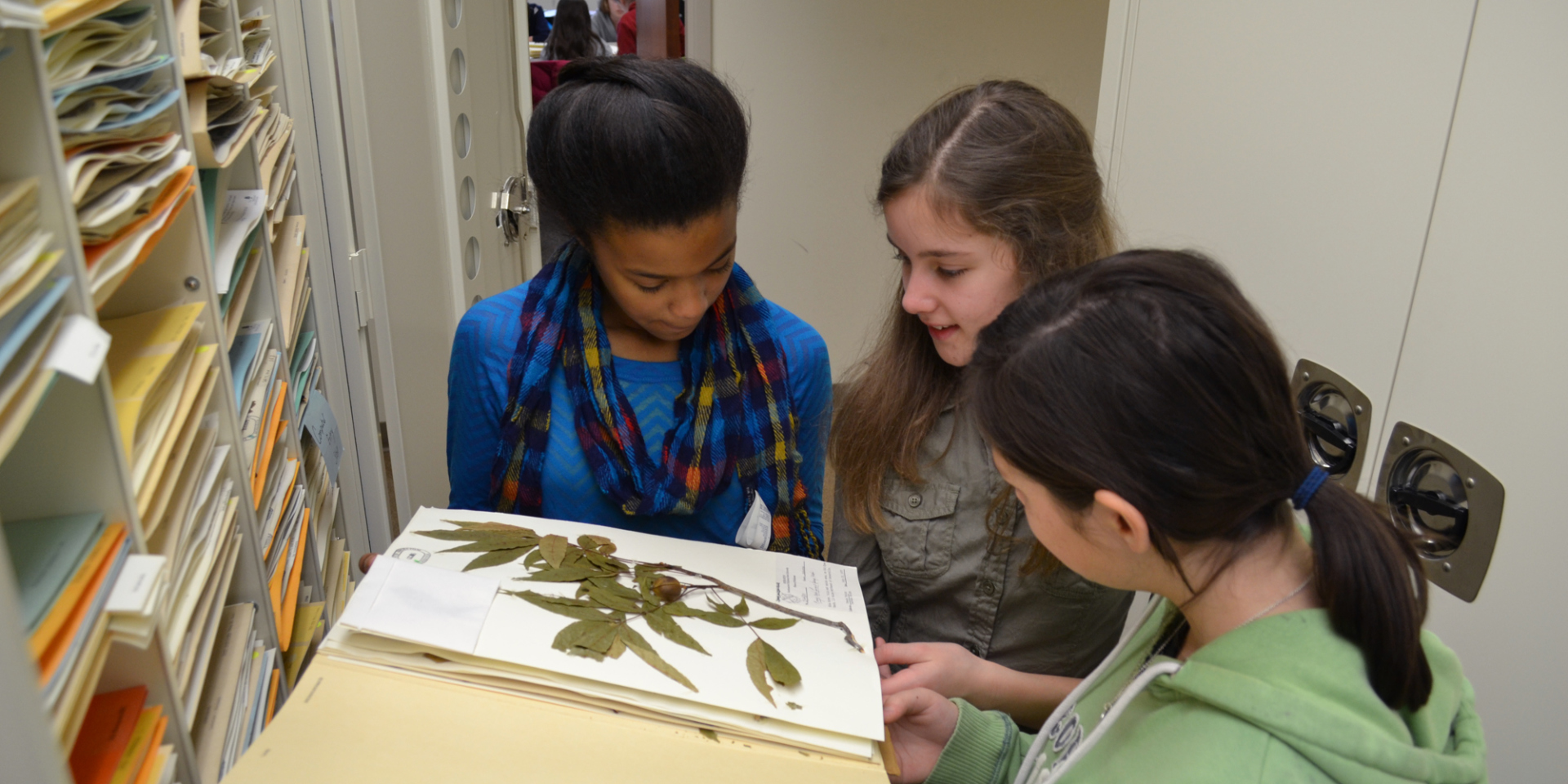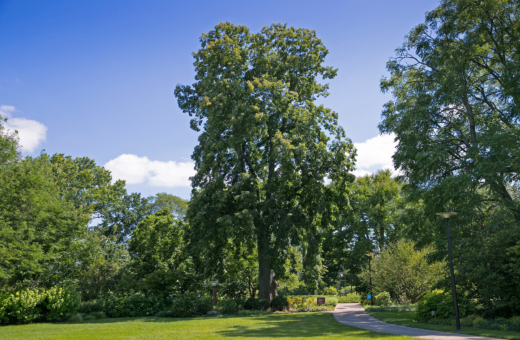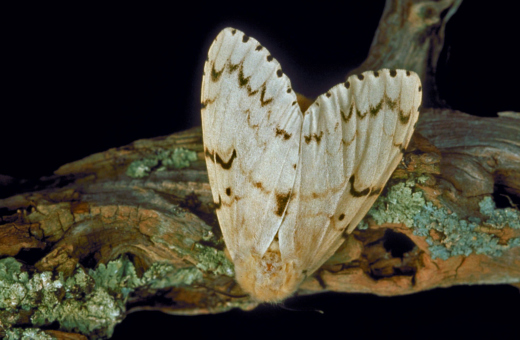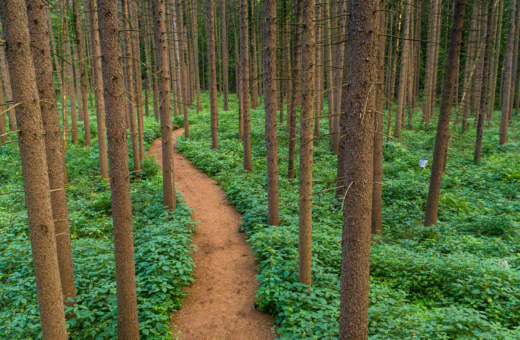July 26, 2022
The Morton Arboretum’s centennial history goes beyond the abundant trees that blanket its beautiful grounds. Inside the Arboretum’s Herbarium is a time capsule of plant records, documenting changes in the world’s plant populations over time, and providing a resource that can last for centuries.
Establishing an herbarium was among Arboretum founder Joy Morton’s initial priorities in 1922, along with a research library. By 1929, the Herbarium contained nearly 10,000 samples, including thousands originally amassed by prominent collector and botanist Ernest Jesse Palmer.
The Herbarium began as a place to record the Arboretum’s earliest tree collections and document the numerous samples it obtained through connections with the Arnold Arboretum of Harvard University and other sister institutions. Through the years, it acquired dried plant samples for preservation, education, and scientific purposes.
The Herbarium’s specimens are a link to human history. Notable samples include dried plants from William Edward Parry’s Arctic expeditions of the 1820s, a hybrid buckeye grown from seed collected by George Washington, and a fern collected by Ernest Hemingway’s father in 1891. There is also a set of collections from the 1880s by DeKalb County farmer George H. Greeley, documenting the transition of this region’s flora from a pre-Eurasian-colonization flora to the flora known today.
Present Day at the Herbarium
While the Herbarium may be a century old, it’s not old-fashioned.
“Because plants are evolving in real-time, and their distributions are evolving and changing in real-time, herbaria remain relevant just to understand the plants we’ve got,” said Arboretum Senior Scientist in Plant Systematics and Herbarium Director Andrew Hipp, PhD.
In the Herbarium today, which is housed in the Arboretum’s Administration and Research Center, are more than 187,000 vascular plants, which have tissue for circulating water and nutrients; 17,000 lichens, which are organisms containing both alga and fungus; 1,300 mosses and other bryophytes; and more than 500 fungi.
These specimens, many of which contain extractable DNA, have been used in various research studies, such as investigating how long invasive species may skulk in the upper Midwest region’s woodlands, prairies, and marshes before their populations explode.
In addition to research, a core goal of the Herbarium is to collect samples of the plants grown at the Arboretum. This allows plants to be identified even after the plant in the living collection dies or is removed.
The Herbarium also manages the most complete contemporary collection of Chicago-region plant specimens–with more than 47,500 vascular plant samples representing 2,500 taxa from 24 counties in Illinois, Indiana, Michigan, and Wisconsin. This collection is the central data source behind Gerould Wilhelm and Laura Rericha’s Flora of The Chicago Region, showcasing the region’s forests, woodlands, prairies, and wetlands.
Another collection includes trees and plants from across the temperate zone, or the region flanked by the Arctic and subtropics. According to Dr. Hipp, plants of this climate have the potential to grow locally. “As the climate continues to warm, the question of ‘what should be planted for the future?’ becomes all the more urgent,” he noted.
An Herbarium for the Future
Woody plants comprise most of the samples in the Herbarium. Each has been meticulously pressed, dried, mounted on herbarium sheets, labeled, recorded and stored in folders, which are kept in rows of vertical museum-quality cabinets. Staff and about 30 volunteers assist with this crucial work.
But their work doesn’t stop there. A leader in innovation, the Arboretum helped launch a virtual herbarium called vPlants in 2001 and is currently spearheading a nationwide effort among 43 institutions to digitize more than two million tree specimens of the Americas.
This specimen network is meant to help “get herbaria out of the cabinets and into people’s hands,” Dr. Hipp said, encouraging the public to use the Herbarium in person as well.
Arboretum members and guests may schedule an appointment to visit the Herbarium by contacting Herbarium Assistant Lindsey Worcester at lworcester@mortonarb.org. Check out Dr. Hipp’s book What Is an Herbarium? for a quick and creative overview of this topic.



